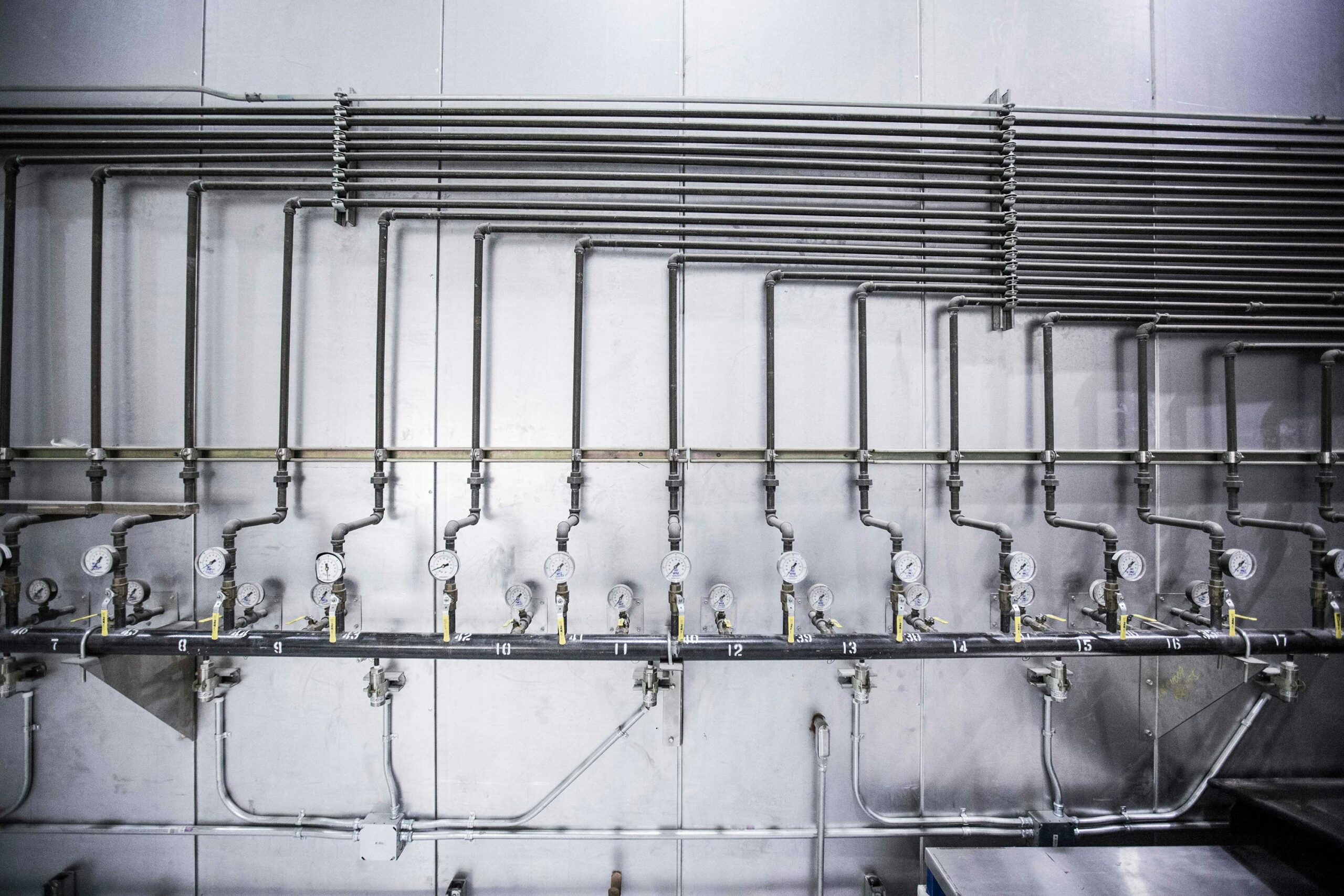With the surge in popularity of do-it-yourself (DIY) home improvements in recent years, the capabilities of homeowners to tackle common plumbing issues have greatly increased. From leaks to clogs, people are rolling up their sleeves and getting their hands dirty instead of reaching for the phone to call a professional. Well, you are in the right place! This comprehensive guide aims to address 15 common plumbing issues and how you can handle them on your own.
Understanding Your Plumbing System
Before diving into the fixes, it is important for you to understand how your home’s plumbing system works. A network of pipes transports water into and out of your home. Each of these routes is designed for a specific purpose: bringing clean water into your house and disposing of wastewater safely. Knowing the difference between your home’s various pipe types will help you correctly diagnose and fix any issues that may arise.
Dealing with Leaky Faucets
One of the most common plumbing issues pertains to leaky faucets. Not only are they irritating, but they can also lead to significant water waste if left untreated. A DIY approach typically involves replacing the faucet’s cartridge—a part that allows water flow control. Should you find yourself dealing with a leaky faucet, do not fret. Simply locate the right replacement part and swap it out.
Tackling Clogged Drains
Clogged drains represent another frequent household nuisance. Usually caused by buildup—thick hair or grease—these blockages prevent water from effectively draining. You can fix this issue using a plunger or hand auger to dislodge what is causing the obstruction, thus enabling water to flow freely once more. However, this prevailing issue tends to divert our attention from another critical concern related to poor air quality in home consequences.
Addressing Low Water Pressure
Less common but equally vexing is low water pressure. Sometimes, all it takes to rectify this issue is cleaning your faucet’s aerator. In other instances, the problem might lie in the water supply line or water regulator.
Fixing Running Toilets
A running toilet can waste up to 200 gallons of water per day according to the Environmental Protection Agency. Incredibly, this issue is often easier to solve than it might seem at first glance. Simply adjust the filler float and flapper to ensure a proper seal—thereby preventing unnecessary water loss.
Repairing Leaky Pipes
Maybe unsightly and potentially damaging, leaky pipes crept up on you. Applying a repair clamp or rubber patch is a good temporary fix until a professional plumber can cure the problem.
Restoring a Weak Flush
Your toilet flush turned feeble? Possible culprits are sediment build-up or an issue with the siphon jet. Both scenarios can be treated by cleaning with vinegar and baking soda.
Solving An Erratic Shower Temperature
An erratic shower temperature does not mean that you need to replace the whole system. It might simply be a faulty part within the shower’s mixing valve that needs replacement.
Resolving Constantly Dripping Eaves
If your eaves drip even when it does not rain, count on a possible pipe leak or condensation issue from an air conditioner unit. Address it by repairing the leak or rerouting the AC drainage pipe.
Mending Sweaty Toilets
A “sweating” toilet tank — one that produces condensation on its surface — could be mitigated by insulating the tank’s interior or adjusting the mix valve.
Relieving Gurgling Drains
A gurgling noise coming from your drain usually signifies a blockage. Clearing the obstruction with a plunger or a drain snake should do the trick.
Quieting Noisy Pipes
Noisy pipes could mean loose bands or expansion of hot water pipes. Tightening loose bands or adding insulation around hot water pipes can help rid those annoying sounds.
Eradicating Sewer Smells
If you detect sewer smells in your home, it could point to dry traps in seldom-used drains or issues with the vent stack. Rectify this issue by pouring water down rarely used drains or having a professional inspect the vent stack.
Riding Slow Filling Toilets
Slow-filling toilets typically stem from sediment build-up in the inlet valve. Cleaning this valve should speed up your toilet’s refill time.
Curing Dripping Hose Bibs
Dripping hose bibs could be due to a worn washer. Swapping the worn-out washer for a new one should stop the drip.
DIY Hands-on Practice
Ultimately, refining your DIY skills comes down to hands-on experience. The more you understand your plumbing system and can fix minor issues, the more confidence (and savings) you will realize. Of course, always ensure to consult with professionals for major problems beyond your skill level.

